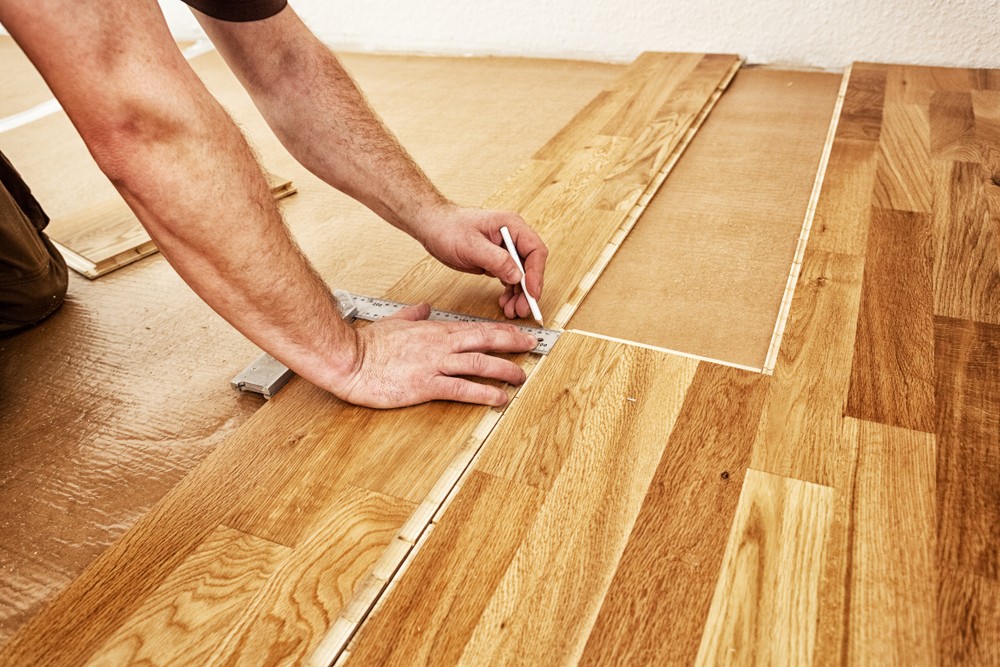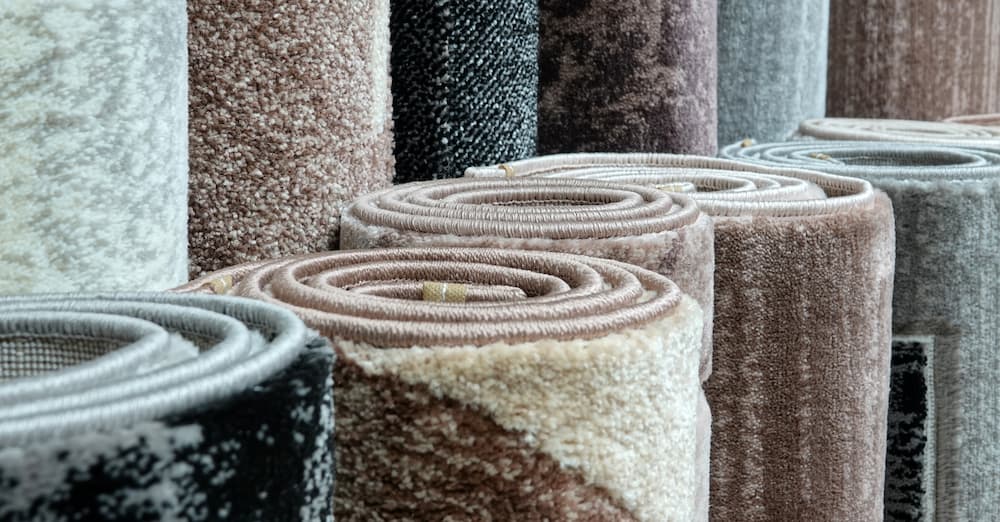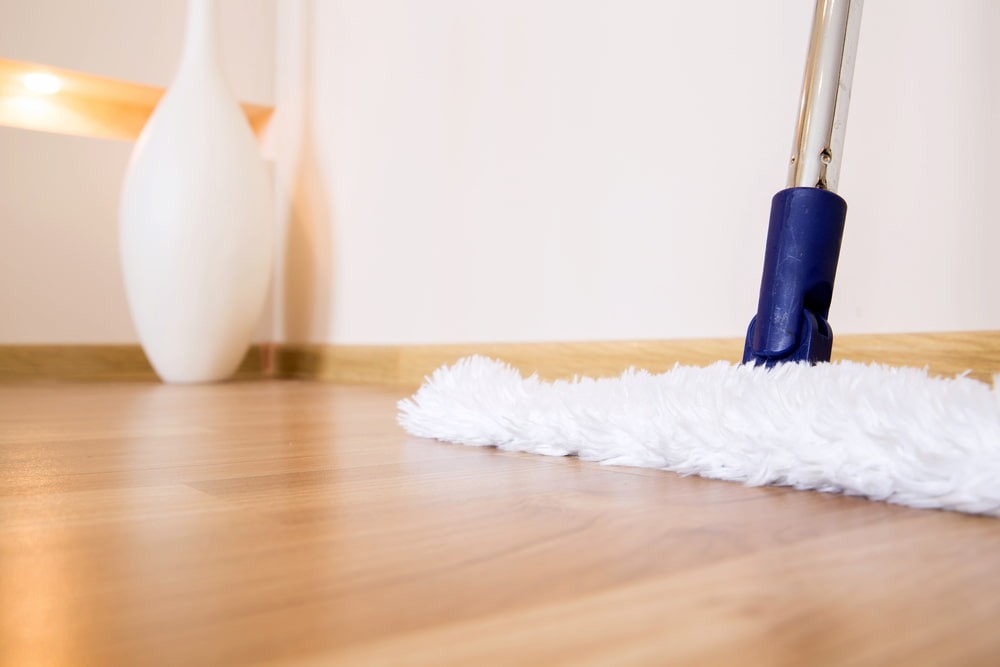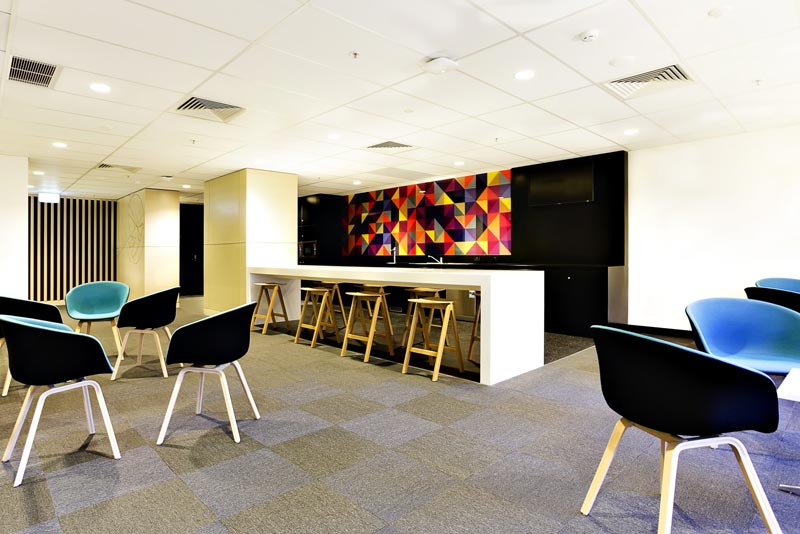Unlock the timeless beauty and durability of solid hardwood flooring with Precision Flooring’s comprehensive guide. Discover the perfect wood species, installation techniques, and maintenance tips for a floor that will stand the test of time. If you own a home or business in the DC metro area and Northern Virginia, this guide will help you decide which type of solid hardwood flooring is best for you and your budget.
Hardwood flooring is popular among many due to its natural beauty, durability, and economic value. It is available in a wide range of options, including classic wood, exotic wood, distressed wood, engineered wood, cork, and laminate, each with unique features and characteristics. Understanding these distinctions is crucial in making an informed decision and buying the type that meets your specific needs and preferences.
Types of Hardwood Floor
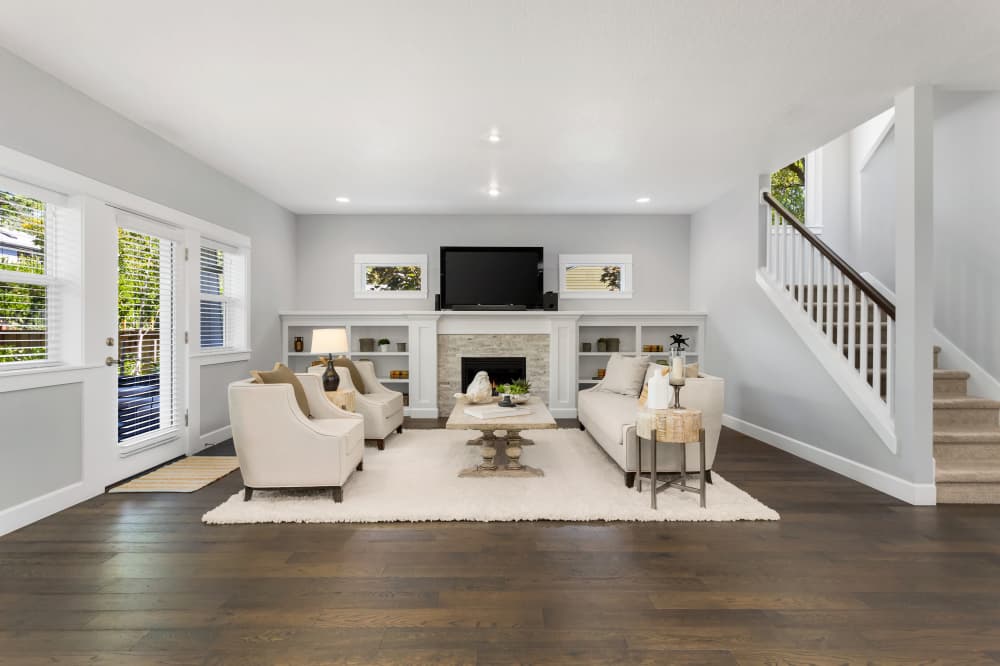
Hardwood flooring adds timeless beauty and natural warmth to any space. Many types of hardwood flooring are available on the market, each with its unique characteristics. The most common types are:
Classic Wood
Classic Wood is a type of hardwood flooring that is made from natural wood materials. It is known for its durability and long-lasting beauty and is a popular choice for residential and commercial spaces. Classic Wood flooring is available in a wide range of species, such as oak, maple, and cherry, and can be finished in various styles to suit different design preferences.
Exotic Wood
Exotic wood is a type of hardwood flooring made from rare or unique species of wood that are not native to the region where the flooring is being used. It is known for its distinctive and striking grain patterns, as well as its durability. Exotic wood flooring can be more expensive than other types of hardwood flooring, but it can also add a unique and luxurious touch to any space.
Distressed Wood
Distressed wood is a hardwood flooring designed to have a rustic, worn, and weathered appearance. Creating this look can involve hand scraping, wire brushing, or other methods of distressing the wood. Distressed hardwood flooring is popular for those who want to achieve a vintage or farmhouse style in their homes.
Engineered Wood
Engineered wood flooring is a type of solid hardwood flooring made of thin layers of real wood. It is more stable than solid wood and is less prone to warping and cracking. It is available in various colors, grains, and textures and is a great choice for areas that experience high humidity or temperature changes.
Engineered wood flooring is typically more affordable than solid wood and is a great choice for those who want to achieve a classic hardwood look on a budget. It is also easy to install, as it can be floated or glued down. Unlike solid wood, engineered wood can be installed over radiant heat, which is a great option for those who want to keep their home warm during winter.
Cork
Cork is an eco-friendly flooring option made from the bark of the cork oak tree, and it comes in various colors, grains, and textures. It is known for its durability and resistance to water and insects.
Laminate
Laminate is a synthetic material that is made to look like hardwood. It is less expensive than hardwood and is available in various colors. Laminate is highly durable and resistant to water and stains.
Hardwood Grading
Hardwood flooring grades range from Select (highest quality) to Common (lowest quality). Familiarizing yourself with these grades can help you choose the right one for your needs and budget.
Hardwood Cuts
Hardwood cuts refer to the different ways that hardwood is cut into planks. The three most common cuts are strip, plank, and parquet.
- Strip: Strip cuts are the most common type of cut for hardwood flooring. Strips are typically 1¼ to 2¼ inches wide and ¼ to ¾ inches thick. Strip cuts create a classic look for hardwood flooring.
- Plank: Plank cuts are wider than strip cuts, usually 3 to 7 inches wide. Plank cuts create a rustic look for hardwood flooring. They are thicker than strip cuts, usually ¾ to 1 inch thick.
- Parquet: Parquet cuts are the most intricate type of hardwood cut. Parquet cuts are arranged in geometrical patterns, creating an elegant look for hardwood flooring. They are usually ¾ to 1 inch thick.
It is important to consider the look you want to create when deciding which type of cut is best for your needs. Regardless of the hardwood cut you choose, it is important to take great care of your hardwood floors to keep them looking their best. Regular sweeping, vacuuming and mopping are all important steps in maintaining your hardwood floors. Be sure to reseal your floors every few years to keep them looking their best.
Prefinished vs. Site Finished
When considering hardwood flooring options, it is important to understand the difference between prefinished and site-finished flooring. Prefinished hardwood flooring comes ready to install, while site-finished hardwood flooring is installed and then finished on-site.
Prefinished flooring is more expensive but easier to install and less time-consuming than site-finished flooring. It is important to consider the cost of installation and the amount of time it will take to install the flooring before deciding on which type to buy.
Hardwood Finishing Options
Hardwood flooring has several different finishing options, including oil-based, water-based, and wax-based finishes. Each type of finish offers unique benefits and drawbacks.
Imaging Credit to Shutterstock users Stokkete & Justin_Krug

